Digital Underwater Photography
Like most scuba divers, you were probably already fascinated with the beauty of both the scenery and marine life of the underwater world from the first dive. The next step is capturing this unique environment by taking some images with underwater photography. Whether you intend to take snapshots to show your friends and family, or create beautiful images of the world below by traveling to exotic destinations, you have to start somewhere.
At some point or another, most divers have thought about learning how to shoot underwater photography, many have taken the adventure dive as part of the advanced open water course. The affordability of digital cameras and the ability to instantly see the outcome of your efforts has reduced the barrier to trying and the learning curve to almost nothing. Add the ability to shoot video clips with even the most basic point & shoot cameras, and you can make scuba diving vacation memories to be the envy of your office and family.
There are many things to think about BEFORE picking up a camera.
Good buoyancy control is an essential skill not only for diving but for taking good photographs too. This needs to be mastered before adding the extra equipment and objective of taking a camera underwater. Taking the Peak Performance Buoyancy certification can do this.
Knowing the marine life you are going to photograph is a pretty big part of photography too, you need to be able to predict the movements and behaviour to get the best images. This can be studied in the underwater AWARE Fish ID and Naturalist specialties.
Obviously you will have new equipment with you, (the Camera) so a course, which teaches the use of this, is a good start point too, the Digital Underwater Photography course will cover this for you.
You may be a competent or experienced photographer on land but moving this experience underwater has a whole different set of issues to think about.
The first step to understanding any kind of photography is understanding your camera. If you have a new camera and housing, take the time to read the manuals. It may seem like a simple thing to do, but many people don’t.
As with any new diving equipment that you purchase, you should try out the photography equipment in a pool prior to diving, whenever possible. You will also want to take new camera housings underwater without the camera to ensure they are functioning properly. You don’t want to find problems with the housing while your camera is in it, this could lead to an expensive lesson.
No matter what camera you have, from an entry-level digital “point & shoot” to the most expensive dSLR , there are ten rules of underwater photography that should always be remember. Many of these rules are related to composition in the underwater environment and every photographer can benefit from proper composition.
1) Get Close, and when you think you are close enough, get closer again
Underwater photography differs from conventional wildlife photography, as it needs to be conducted up close. To get the best results you have to put as little water between your lens and the subject as possible.
The water holds small particles in it that reduce the contrast and sharpness of your image by dispersing light, this is called backscatter.
Water absorbs the light very quickly, and the most common complaint for new underwater photographers is the dull colours of their images.by getting closer and therefore removing the amount of water between the camera and the subject will mean a clearer, sharper, and more colorful image.
2) Shoot Up
Pointing the camera down as you take an image is often easier but will not result in the most interesting images.
Often the subject is lost in the background of reef as it is a more cluttered area. Pointing the camera more up can lead to clearer backgrounds and much more interesting images as you have contrast between the foreground and background.
3) Focus On The Eyes
A focused image is obviously important, but where you focus is too. Try to keep the eye of the subject in sharp focus, use this as the centre of the camera’s focal point.
4) Keeping Yourself Focused
Diving with a camera and diving without a camera are two totally different activities. After diving with a camera, you may find that those dives very different.
Patience is an extremely good quality to have when doing underwater photography, you may need to wait for divers to move out of the frame area, or for the subject to become used to you and start to behave in a more normal manor.
As a casual underwater photographer you dont need to be obsessive, but a level of personal focus and attention to detail will take your photography a long way.
Try to focus on a particular type of underwater photography, such as close-up or scenic and perfect your skills before moving on to the next type of shot. Avoid the shotgun approach of trying to capture everything that you see.
5) Use a Strobe
All divers know that water absorbs light, and therefore reduces the colour of the images you take, a strobe can be a way of restoring this.
Adding artificial light can give instant results to the photograph, but it is important to get the exposure right. Now most units come TTL ready and should give the correct light in all, but the most difficult conditions.
The photographer though has to ensure it is pointed in the right direction. Sounds simple, but if it is incorrectly positioned not only does it alter the quality of the image, but it also refracts the light so your subject appears closer and larger than it really is.
6) Shoot, Review, Adjust, Rinse, Repeat
Be patient, even though the digital photography gives us instant access to images, they still take time to perfect. The learning curve is shorterned by being able to see the image you have taken instantly on the screen. Take advantage of this by reviewing these images immediately after the photo has been taken, correct and re-take the image, adjust for composure, light, colour etc.
7) Go Manual
Starting off in auto mode is not a problem. But auto settings can only get you so far in underwater photography. To really control the exposure, colour and sharpness of your images you’ll need some degree of manual controls.
8) Maintain Your Equipment
Water and electronics don’t mix well so it is important to take your time when setting up your camera and housing. Make sure o-rings are clean and greased, but not over greased. A strand of hair or spec of dirt can be the difference between flooding your camera or using it. Always rinse your camera gear off with fresh water after every dive,never let salt water dry on your equipment.
While out on the dive boat be sure to keep camera gear out of the sun and away from heavy dive gear like scuba tanks and weight belts.
9) Respect the Environment
Remember, we are privileged guests in the underwater world, respecting the environment and marine life should be one of your top priorities. Before you start taking your camera underwater it is important to have excellent bouyancy skills, this will help protect both yourself and the environment around you. Keep all of your gear streamlined as to minimize the potential of a gauge or hose getting entangled or damaging the reef. Never harass or touch marine life. virtually everything you could touch is alive, touch it and it will damage it or even worse.
It can too often be seen the photographers who want a shot no matter what they have to break, kill or damage. It is important to stress to anyone who is keen to start underwater photography that as well as learning how to take a picture, you must also be environmentally aware.
If you have to damage anything to take a shot – don’t take it. Sometimes it is better to look and enjoy than try to take a photograph.
10) Have Fun
Don’t forget that underwater photography is supposed to be fun. Don’t get too caught up in the technical side. Start off with the basics, get a feel for it, and learn the technical side later.
Most of all, remember what you learned in your scuba diving class. You are a diver first and then a photographer. Your safety and that of divers around you depends on keeping this in mind at all times.

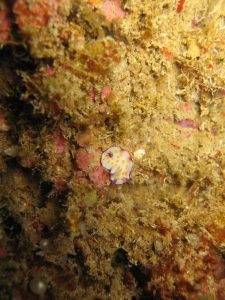
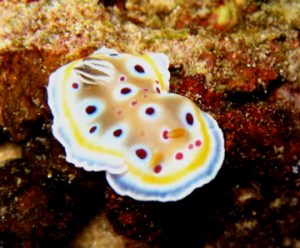
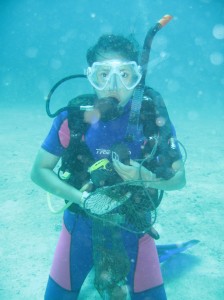
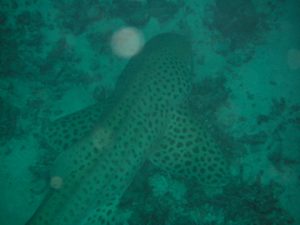
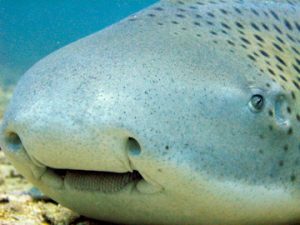
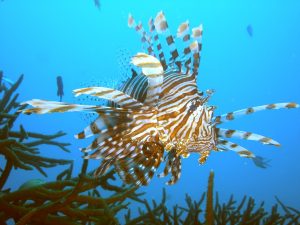
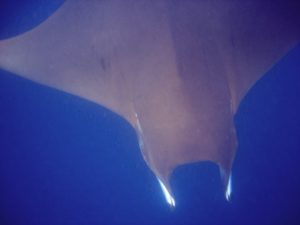
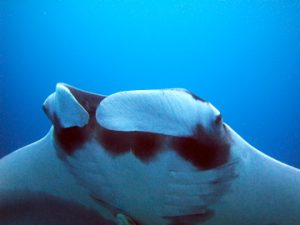
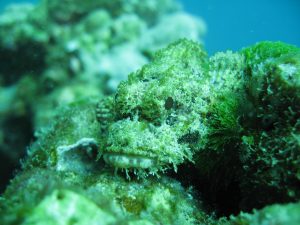
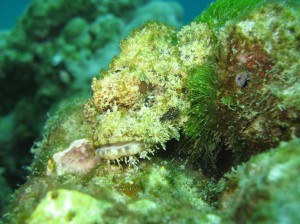

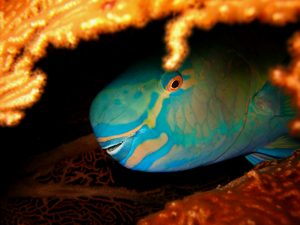
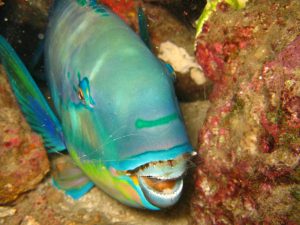
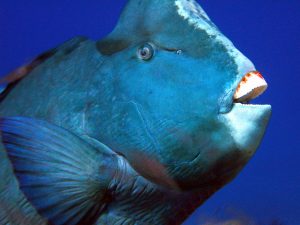





Scubacat Community